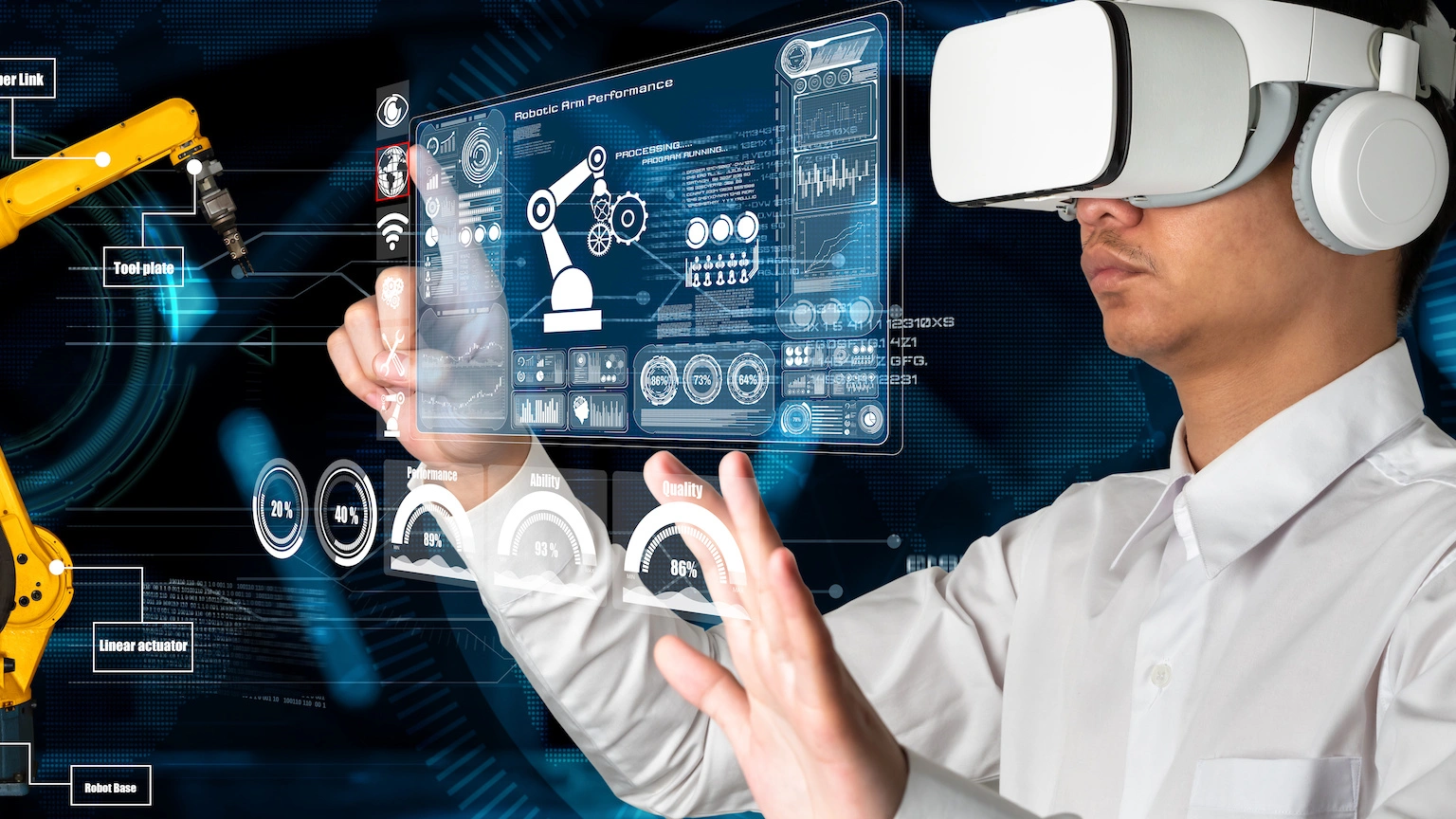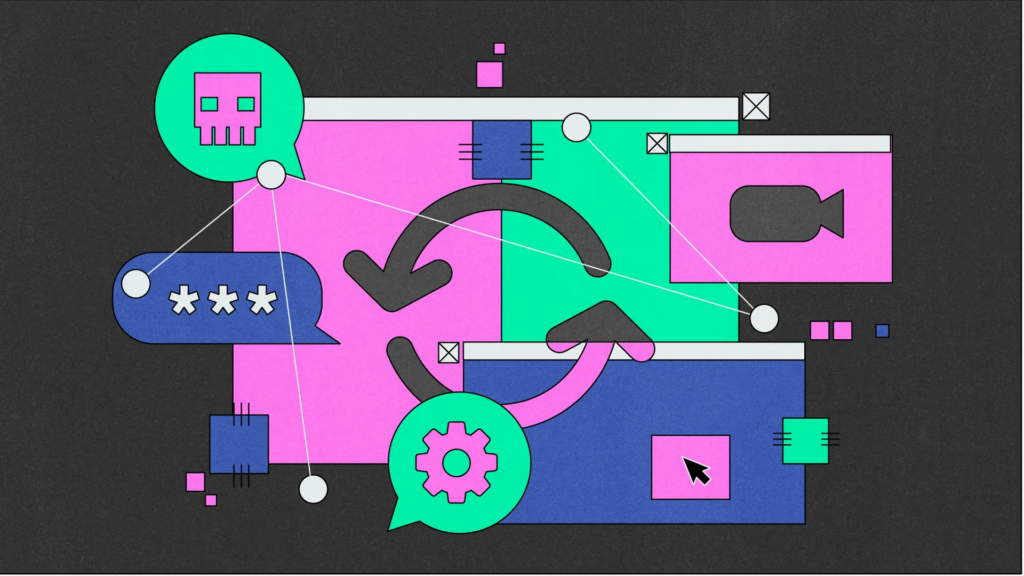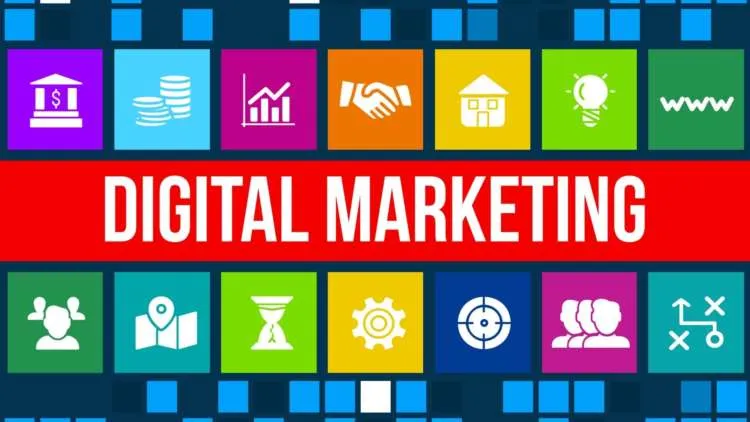Augmented Reality Development Platforms – Augmented Reality (AR) is a technology that allows digital objects to be overlaid onto the real world, creating an interactive experience. AR development platforms are tools that enable developers to create AR applications and experiences. Here is an overview of the top 10 AR development platforms:
- Unity: Unity is a popular game engine that has expanded to include AR development capabilities. It offers a range of tools, including support for both marker-based and markerless AR, 3D modeling, and scripting.
- Vuforia: Vuforia is an AR development platform that allows developers to create marker-based AR applications. It supports a wide range of devices and offers image recognition, text recognition, and 3D object recognition.
- ARToolKit: ARToolKit is an open-source AR development platform that supports both marker-based and markerless AR. It offers a range of features, including image and pattern recognition, camera calibration, and 3D object tracking.
- Wikitude: Wikitude is an AR development platform that offers support for both marker-based and markerless AR. It supports a range of features, including image recognition, 3D modeling, and location-based AR.
- Apple ARKit: Apple ARKit is an Augmented Reality development platforms that is designed specifically for iOS devices. It supports marker less AR, object detection, and 3D object placement.
- Google ARCore: Google ARCore is an AR development platform that is designed specifically for Android devices. It supports markerless AR, object detection, and 3D object placement.
- Kudan AR: Kudan AR is an AR development platform that offers support for both marker-based and markerless AR. It supports a range of features, including image recognition, 3D object tracking, and markerless SLAM.
- MAXST: MAXST is an AR development platform that offers support for both marker-based and markerless AR. It supports a range of features, including image recognition, 3D object tracking, and cloud recognition.
- EasyAR: EasyAR is an AR development platform that supports both marker-based and markerless AR. It offers a range of features, including image and object recognition, 3D object tracking, and cloud recognition.
- ZapWorks: ZapWorks is an Augmented Reality development platforms that offers support for both marker-based and markerless AR. It supports a range of features, including image and object recognition, 3D object tracking, and location-based AR. It also offers a range of templates and pre-built content for developers to use.
What are Augmented Reality Development Platforms?
Augmented Reality (AR) development platforms are software tools that enable developers to create AR applications and experiences. These platforms provide a set of tools, APIs, and frameworks that allow developers to design, build, and deploy AR applications on various devices, such as smartphones, tablets, and smart glasses.
AR development platforms offer a wide range of features, including image recognition, 3D modeling, object tracking, and interaction design. They also provide cross-platform compatibility, allowing developers to create applications for multiple devices and operating systems. This reduces development time and increases the reach of the application.
AR development platforms are widely used for creating applications in various fields, including gaming, education, healthcare, retail, and advertising. They are becoming increasingly popular as the demand for AR applications and experiences continues to grow
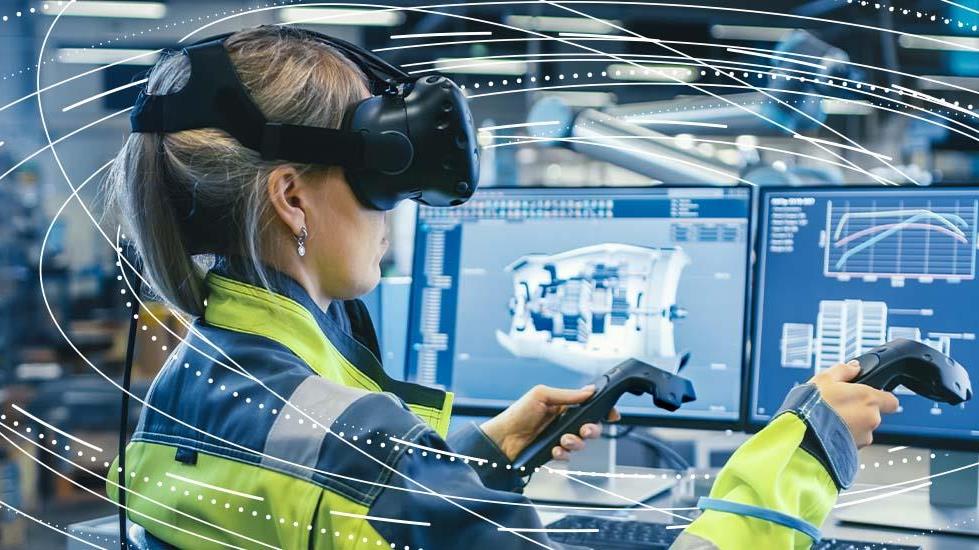
AR use cases:
- Manufacturing
- Gaming
- Medical
- Education/training
- Virtual shopping
- Customer product testing
- Configuration
- Remote collaboration
- Repair and maintenance
- Tours
- Facial animations
- Web/mobile apps
Related software:
- AR content management systems
- AR game engine software
- AR remote collaboration software
- AR training simulation software
- AR visualization software
- Industrial AR platforms
Augmented Reality Development Platform Features
Augmented Reality (AR) development platforms offer a wide range of features that enable developers to create immersive AR applications and experiences. Here are some of the common features offered by AR development platforms:
- Image recognition: AR development platforms offer image recognition capabilities that allow the application to recognize and track specific images or markers in the real world.
- 3D modeling: AR development platforms provide tools to create 3D models that can be used in AR applications. This allows developers to create virtual objects and overlay them onto the real world.
- Object tracking: AR development platforms offer object tracking capabilities that allow the application to track real-world objects and interact with them in real-time.
- Interaction design: AR development platforms provide tools to design interactive user interfaces for AR applications. This includes gestures, voice recognition, and touch-based interactions.
- Markerless AR: Some Augmented Reality development platforms offer markerless AR capabilities, which allow the application to track and interact with real-world objects without the need for markers or images.
- Cross-platform compatibility: AR development platforms offer cross-platform compatibility, allowing developers to create applications for multiple devices and operating systems.
- Cloud recognition: AR development platforms can integrate with cloud services to provide recognition and tracking capabilities for large datasets.
- Analytics: AR development platforms offer analytics capabilities that allow developers to track user behavior, measure performance, and optimize the application for better user engagement.
- Integration with other tools: Augmented Reality development platforms can integrate with other tools, such as game engines, 3D modeling software, and content management systems, to provide a seamless development experience.
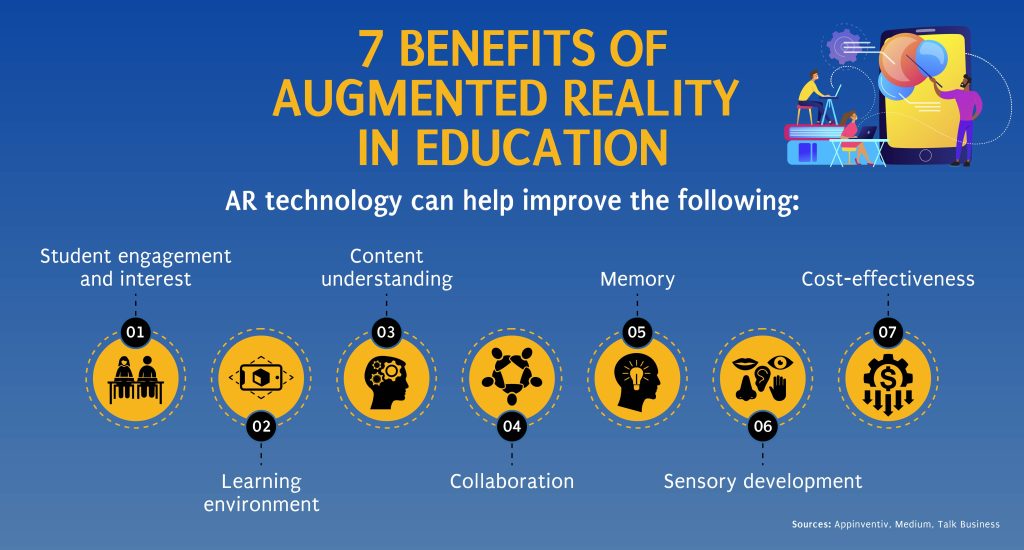
Augmented Reality Development Platforms Comparison
There are several Augmented Reality (AR) development platforms available in the market, each with its own strengths and weaknesses. Here is a comparison of some popular AR development platforms:
- Unity: Unity is a widely used game engine that also offers AR development capabilities. It is known for its powerful 3D graphics and physics engine and is well suited for creating immersive AR experiences. Unity offers a wide range of features, including support for both marker-based and markerless AR, object tracking, and interaction design. It is cross-platform compatible and offers a range of plugins and integrations with other tools.
- Apple ARKit: Apple ARKit is a powerful Augmented Reality development platforms that is specifically designed for iOS devices. It offers support for markerless AR, object detection, and 3D object placement. It has excellent performance and is widely used for creating AR apps and experiences on Apple devices.
- Vuforia: Vuforia is an Augmented Reality development platforms that offers support for marker-based AR. It supports a wide range of devices and offers image recognition, text recognition, and 3D object recognition. Vuforia is known for its robustness and ease of use, making it a popular choice for developers.
- ARCore: ARCore is Google’s Augmented Reality development platforms that offers support for both marker-based and markerless AR. It offers a range of features, including motion tracking, light estimation, and environmental understanding. ARCore is widely used for creating AR applications and experiences on Android devices.
- Wikitude: Wikitude is an AR development platforms that offers support for both marker-based and markerless AR. It supports a range of features, including image recognition, 3D modeling, and object tracking. Wikitude is known for its ease of use and cross-platform compatibility.
When choosing an Augmented Reality development platforms, it is important to consider the specific requirements of the project, the target audience, and the budget. Developers should also consider the platform’s ease of use, available features, and community support.
Also Read : What is the Role of Python in Artificial Intelligence?

